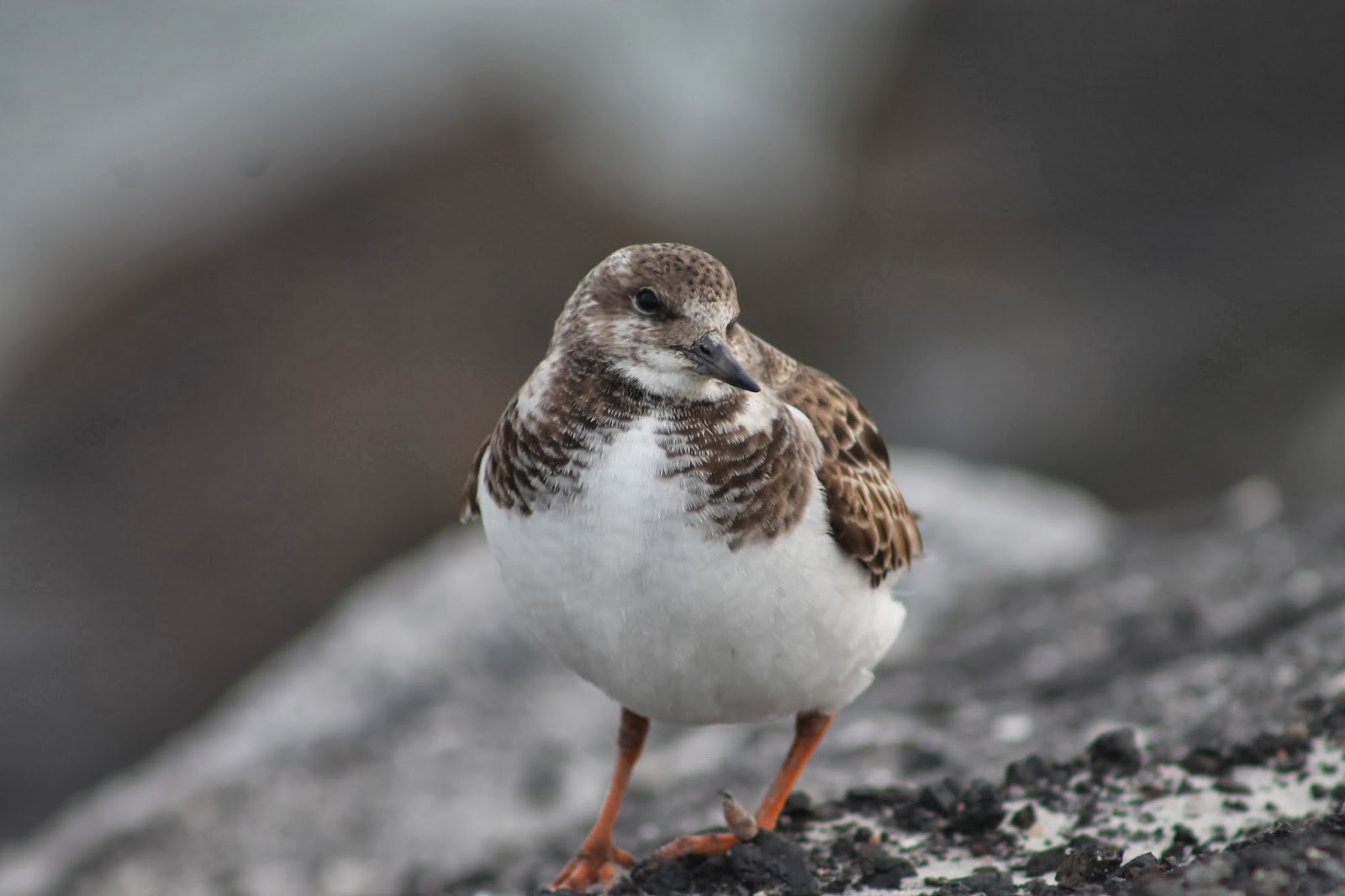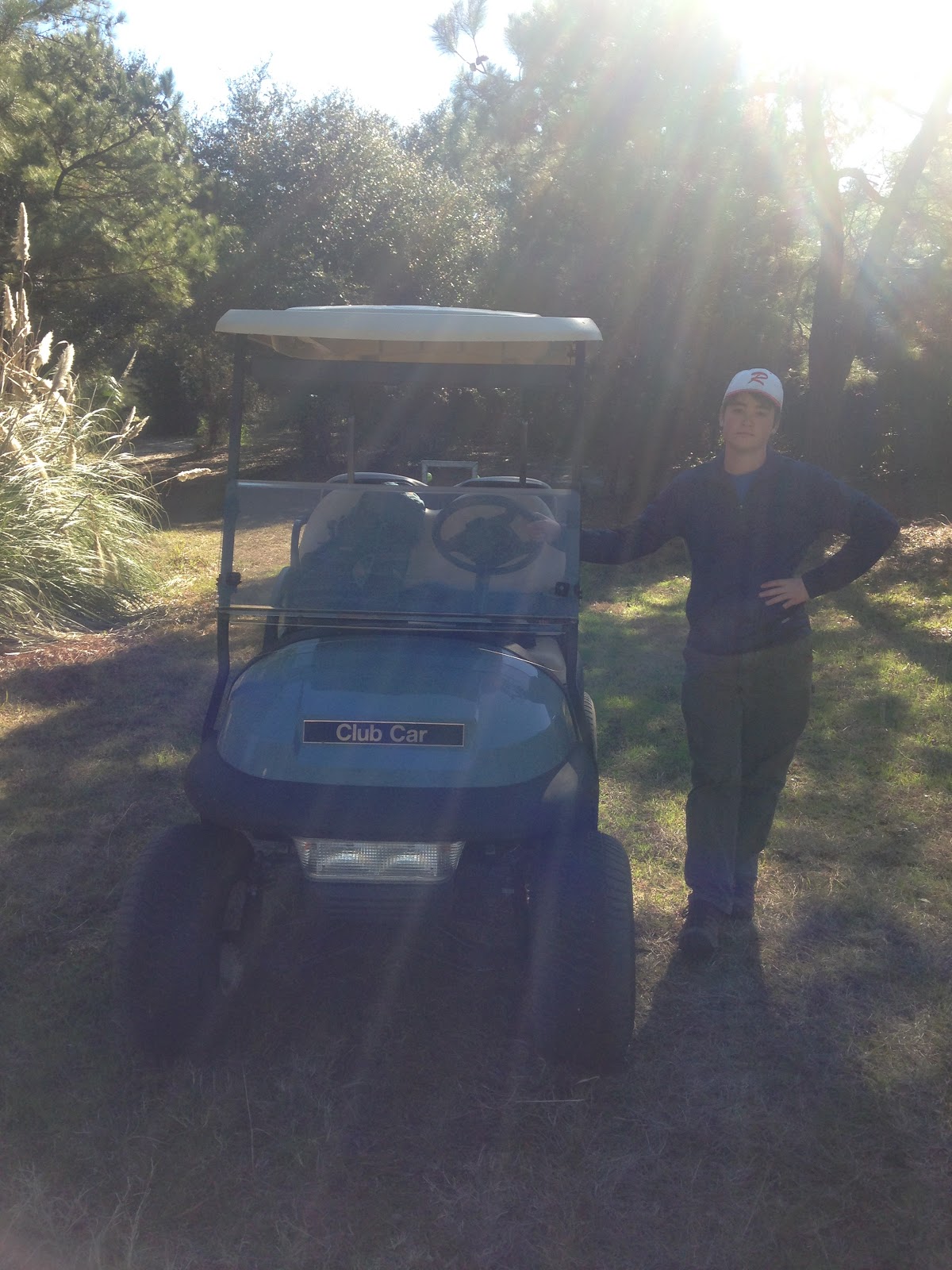Day 1:
The sun was dropping over the marshy pond full of Widgeon and Redheads feeding and as Sam, Lucas, and I piled our scopes in the golf cart; I began to reminisce on how visiting DeBordieu helped me find my interest in birds. This small, private beach club community has always been a marshy jewel nestled on South Carolina's coast in Georgetown County filled with endless coastal marshes, beaches, and pine forests. My family has been coming here all my life, and my grandparents have a perfect sized villa. This beach is where I caught the case of the "birding bug". I started chasing birds here, literally, on bike from Ospreys plummeting into the water, to spotting my first hooded merganser, and identifying my first bird using a Peterson Field Guide in 7th grade: a Great-crested Flycatcher. As I got older and my interest grew, DeBordieu became more than just an annual beach trip destination, but a birding destination. For my 16th birthday last year, I asked my Dad for my present to be a trip to DeBordieu, and invited my two friends, Sam and Lucas. This was the first time the bird nerd herd birded together, and it was a success with 91 species for the weekend. Our first rarity chase too, Buff-bellied Hummingbird, all the way to Charleston.
We all three return back to DeBordieu for another weekend, this time we'll be doing a Big Day in Georgetown County on Sunday. Now I pull the golf cart off the paved road onto the dirt road that leads to the boat ramp offering a better view of a marsh. We started playing rail calls and a few Clapper Rails chattered back, a secretive marsh chicken-like bird. Then Sam and I turn for a moment away from the marsh and a suspicious mockingbird sized avian flutters from a bush. I shrugged my shoulders thinking it was just a mockingbird, but Sam and Lucas bolt to catch a better look the bird perched on a wire over the road. Wait, mockingbirds don't have a yellow belly? That's no Mockingbird, it's a Western Kingbird!
 |
| A lemon yellow belly and ashy gray head. Photo by Lucas Bobay. |
A tyrant flycatcher that breeds in the grasslands out West. Western Kingbirds are known wanderers on the East Coast during Fall and Winter. With our first afternoon and only about 45 minutes of birding, we already have a self-found, random rarity in the bag and my 100th specie of bird this year! Lucas was able to snap a picture before the kingbird quickly flew out of sight. We headed back towards the villa and heard a small and secretive Sedge Wren calling from the marsh, the second lifer for us all. We ended our day over a plate of spare ribs with satisfaction in our stomachs and on our life lists. Before we went to bed, we took the golf cart to call for owls at a nearby pine forest. Two Eastern Screech Owls responded with their famous trill. The screech owl was an owl that I missed last year, so I went to bed with three lifers. What a perfect first night.
Day 2:
The next morning we would start our day just in DeBordieu to scout for good places on our Big Day, starting with a walk on the beach out to a nearby inlet. However, we wake up to an uncharged golf cart from a storm that zapped the houses fuse box. Luckily, I have plan B: a supportive Dad who is willing to drive his son and two friends at 7:00 a.m. on a Saturday! Finally we arrived at the entrance of the path. The path meandered through a shrubby, maritime forest and with patches of prickly pear cacti that always get stuck in our shoes. We started our 2-mile hike down the beach and came across a large congregation of Sanderlings, mostly Dunlin, Short-billed Dowitchers, Black-bellied Plovers, and a Red Knot. The Red Knot was a lifer for the whole group and is a species known for concentrating in large numbers in the Delaware Bay to feed on horseshoe crab eggs during spring migration and winters father south. We made it to the inlet to meet large gusts, strong enough to burn your face. Next was a flock of American White Pelicans across the inlet and a flock of American Oystercatchers that just landed on the beach.
 |
| A noteworthy shorebird with a boldly, patterned plumage. |
After the Oystercatchers flew off, we left the sheltered sand dunes and headed back down the beach to escape the strong gusts. Once the inlet trip was over and after lunch we went and explored a patch of beautiful Long-leaf Pine Forest for Red-cockaded woodpeckers or a Bachman's Sparrow.
 |
| Longleaf Pine savanna is a disappearing habitat that used to span across the southeast, only 4% of its historic range remains. |
I've birded this patch of woods before and found a Red-cockaded woodpecker on Memorial day weekend. We followed a dirt road that meandered through the forest and followed it. As beautiful as it was, it quickly yielded no success. We ran into Brown-headed Nuthatches, Towhees, and a House Wren no new birds unfortunately.

After the pine forest, we drove in our golf cart to a roosting spot for Black-crowned Night Herons we saw last year. We pulled the golf cart to the side of the road, and as we walked towards the edge of the pond, two Eurasian Collared Doves, an introduced species of dove that has been expanding its range throughout the Southeast, flushed out of a tree. We then caught a glimpse of the Night Herons hunkered behind dense shrubs. The rest of the scouting day we picked out Mottled ducks and a Red-breasted Merganser from a pond. We came home to a pot of shrimp and grits and hit the haystack shortly after and set our alarms for 4:30 a.m. We had places to be and birds to see. Let's hope we have a "Big" day.

























